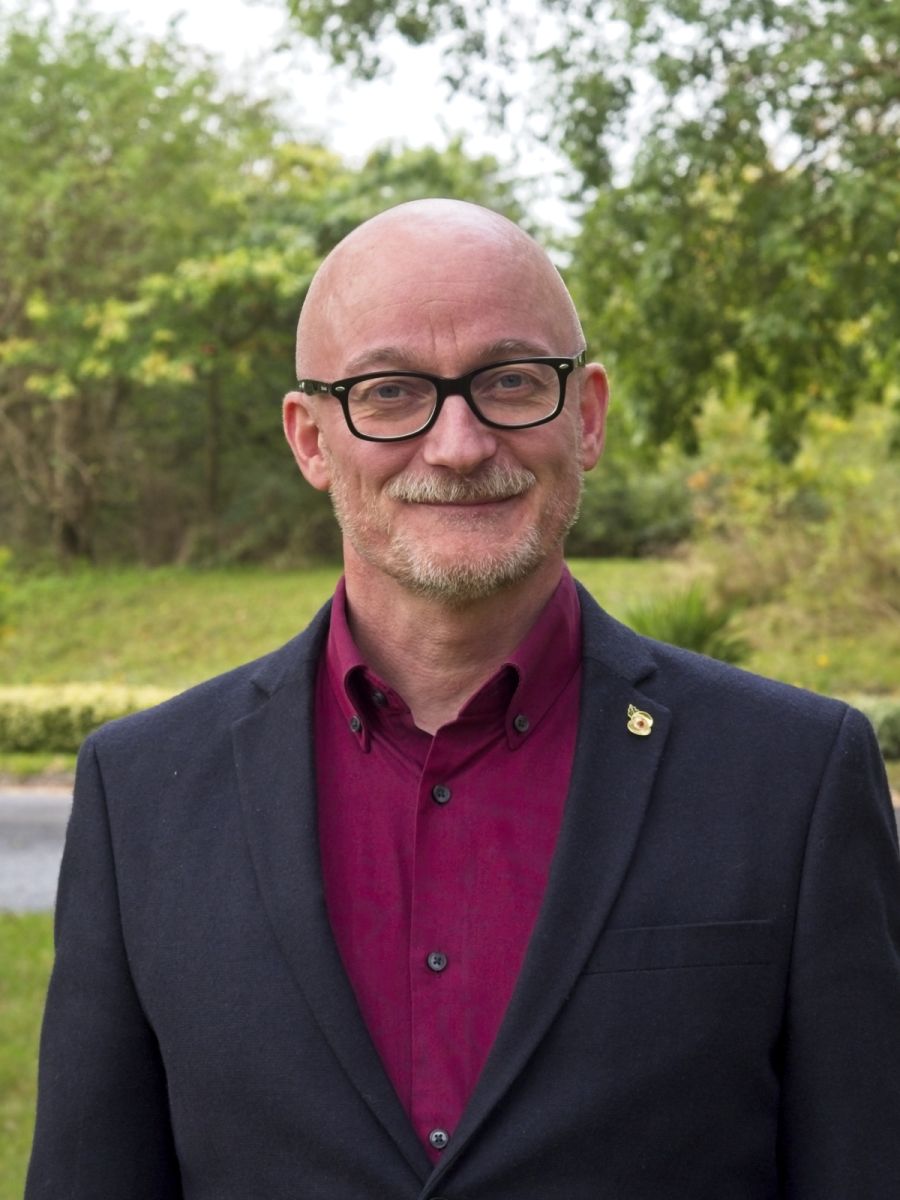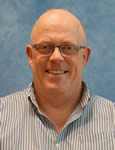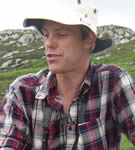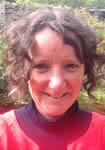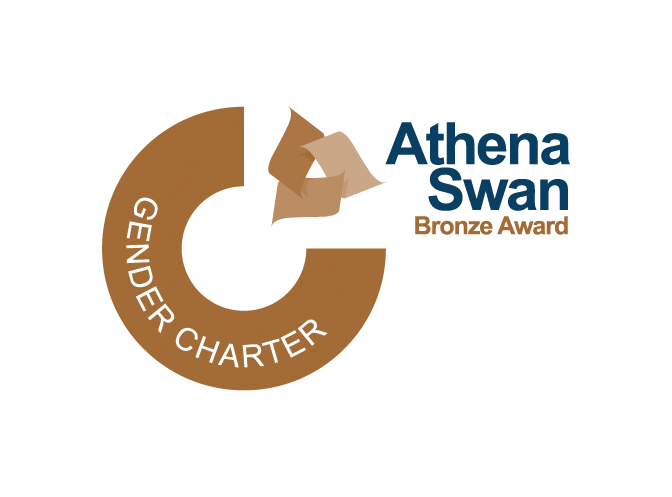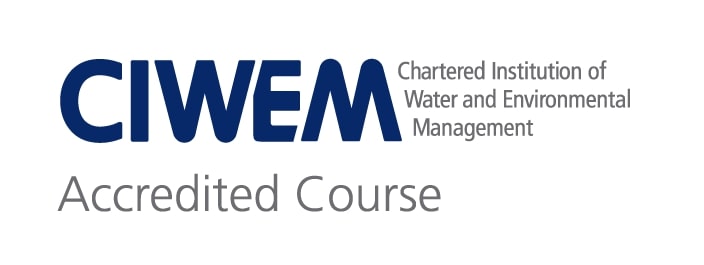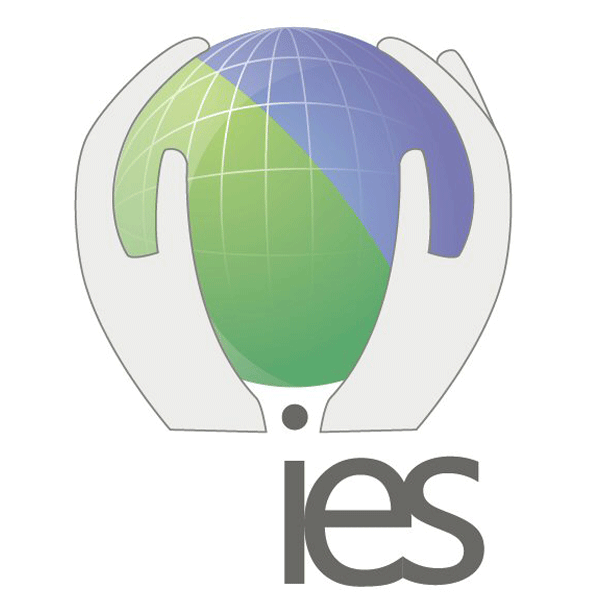Enterprise
Analytical facilities
We have extensive experience of working with collaborators and clients globally, offering cutting edge expertise in environmental- and geo-analysis and access to state-of-the art facilities.
If you have any questions or want to find out more please look at our Analytical Facilities page.
Thin Sections
We produce standard and larger sized thin sections of varying different materials, such as rock, pottery, meteorite, coal, clay, grains, single crystals, and building materials.
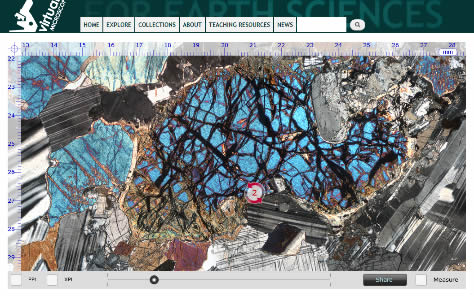
Samples can also be impregnated with resin, blue dyed, and stained for carbonates if required. We do this using the following equipment:
- Buehler Lapro 24 inch Saw – this is used for cutting of large geological samples;
- Agate and General Trimsaws – these are used for cutting and trimming of hand specimens;
- Cutrock Skimmer – this is used for grinding and flattening of hand specimens;
- Struers Labopol 5 with a Laboforce 1 Head – this is used for grinding and flattening of samples;
- Jones and Shipman Surface Grinder – this is used for bulk removal of sample from thin sections when processing large batches;
- Buehler Petrothin – this has a grinding wheel and diamond saw. Used for cutting and grinding bulk off of a single sample, down to thickness required (about 50 or so microns thick dependant upon requirements);
- Struers Minitom and Buehler Isomet Slow Speed Saw – these are used for cutting small, and precious samples like meteorites;
- Hotplates and mounting presses – these are used for mount up thin sections and curing resins;
- Microscopes- we have various petrological microscopes used for monitoring and checking work;
- Dymax UV Light source – this is used to cure UV adhesives, which are used for mounting up thin sections and sometimes cover slipping;
- Struers Citovac – this is a unit used for impregnation of samples with resin.
Polishing
In the polishing laboratory we have a Logitech PM5, Stuers Rotopol- 35 with Pdm Force 20 head and a Metprep Saphir 520 polishing machine. These machines are used for polishing thin sections and resin blocks using aluminium oxide and diamond slurries as polishing mediums.
We produce standard polished probe thin sections (25mm x 48mm). These can be de-mountable and doubly polished if required. Polished resin blocks of 1 inch diameter are also available. We also have a Raytech Vibratory polisher for hand specimens.
Our laboratory also includes a portable fume hood, hand-held engraver and ultrasonic baths.
If you have any questions or want to find out more please contact David Johnson.
Virtual Microscope
.jpg)
Launched in 2012, our Virtual Microscope open-access website has been relaunched following a makeover in early 2021. The relaunch coincides with the addition of around 200 more geological samples in three new university collections.
We acquire and process digital images for hosting on the Virtual Microscope platform, allowing students, researchers, educators and enthusiasts worldwide the opportunity to explore a wide range of geological and planetary samples through their internet browser.
The Virtual Microscope displays high-resolution, zoomable images of entire thin sections in different light modes (plane-polarised, crossed polars, transmitted or reflected), with smaller fields of view at selected points of interest that can be rotated freely. Each sample page contains background information, while some sample pages also include a zoomable, rotating animation of the hand specimen.
We can create virtual microscope samples either from physical hand specimens, prepared thin sections (with coverslips), polished sections and resin mounts, or from scanned images acquired elsewhere. Please check the specifications with us first!
We use a Leica DM 2500P Pol microscope (with transmitted and reflected light capability) and a Leica fast acquisition digital microscope camera (DFC400) to acquire a mosaic of images across the entire section. These images are matched and stitched using Leica Power Mosaic software.
Images for the point of interest rotations are captured on a Leica DM Pol microscope using a Leica digital microscope camera (DFC490 HD).
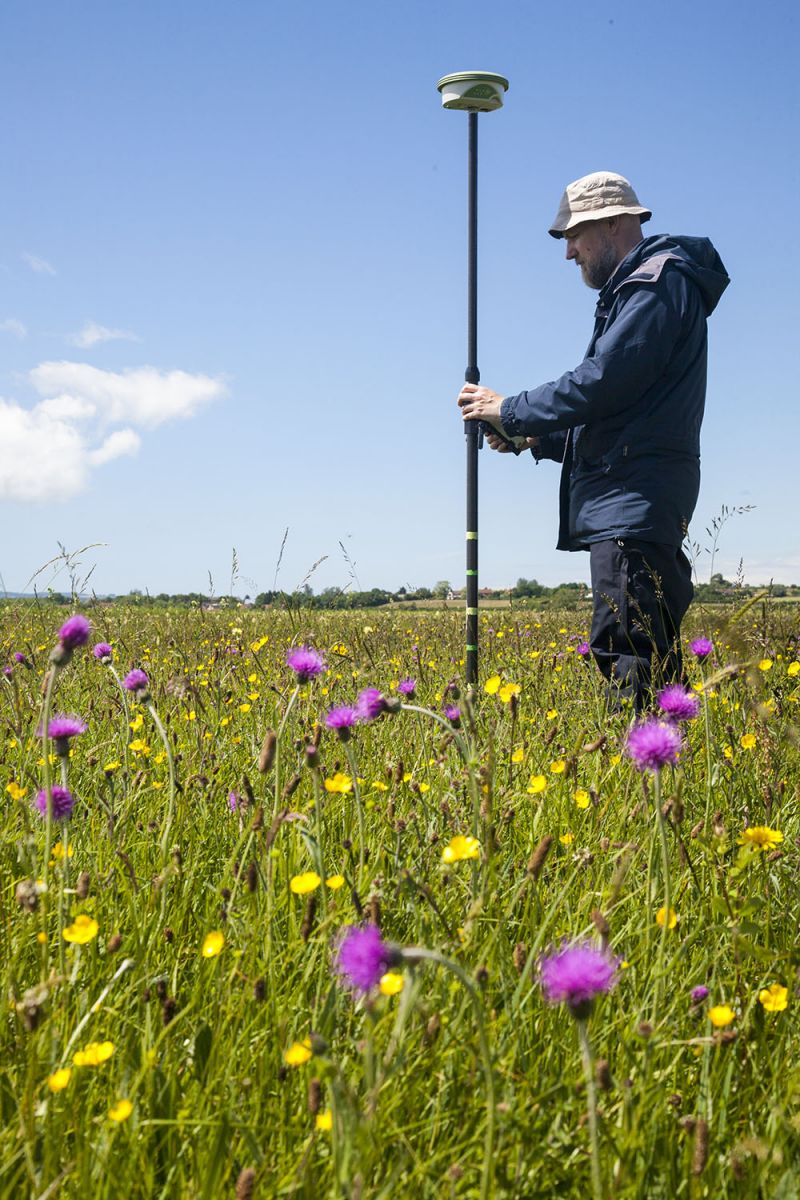
Some components of the rotation digitiser microscope were made in the Open University Research Design & Engineering Facility.
Further processing of both the mosaic and rotation images, and coding of some auxiliary files, is required to prepare each sample for display on the virtual microscope platform.
If you have any questions or want to find out more please contact Tom Argles.
Floodplain Meadows Consultancy
The Floodplain Meadows research group are available to undertake consultancy work, where the advice relates to a species rich floodplain meadow or restoration project and there is overlap with our research interests.
If you have any questions or want to find out more please contact Emma Rothero.
News
Celebrating Graduation in Manchester
On 22 November Professors Clare Warren, Mark Brandon and Richard Holliman, and Dr Barbara Kunz travelled to Manchester for an OU Graduation Ceremony.
EEES researcher to lead £800k project to improve global climate change predictions
An EEES researcher is leading a new Natural Environmental Research Council-funded project to improve our ability to predict climate change using cutting-edge analysis of fossilised algae molecules.

